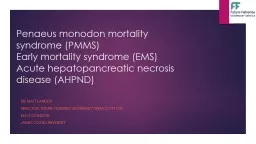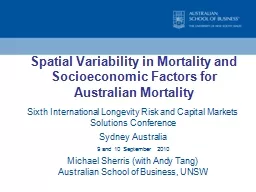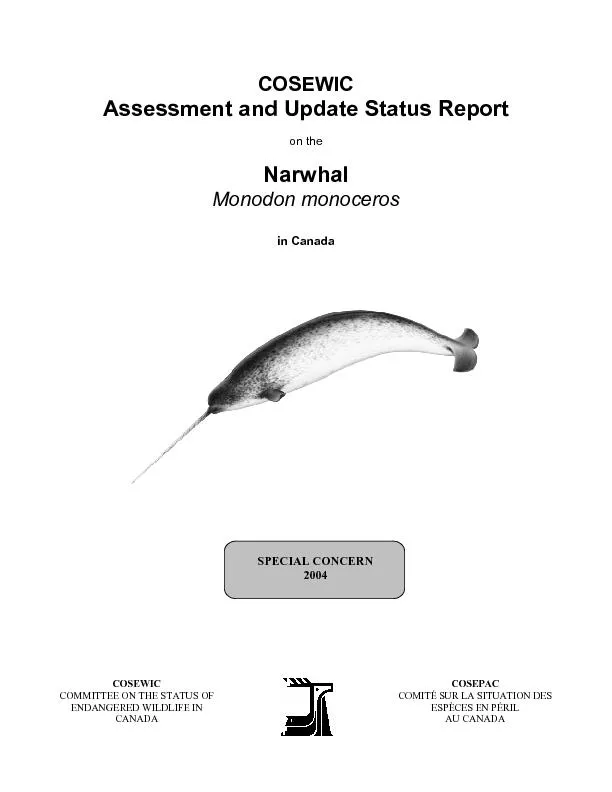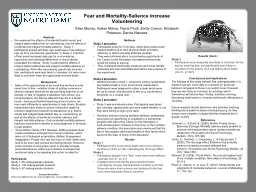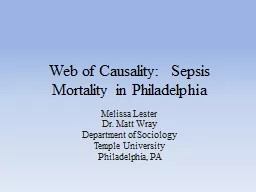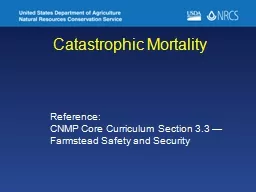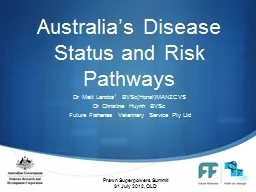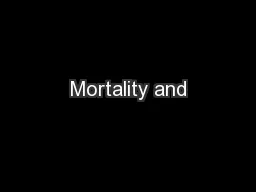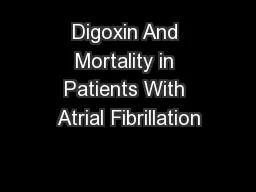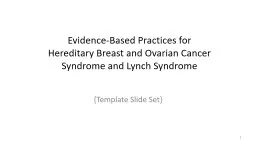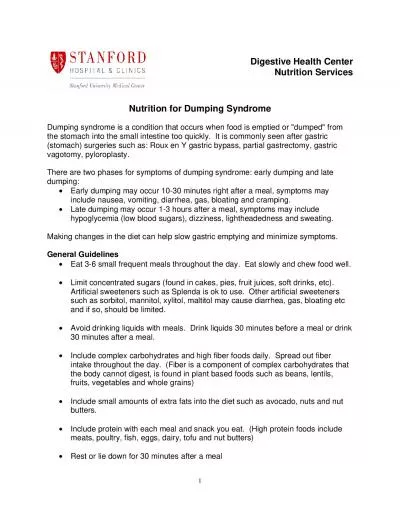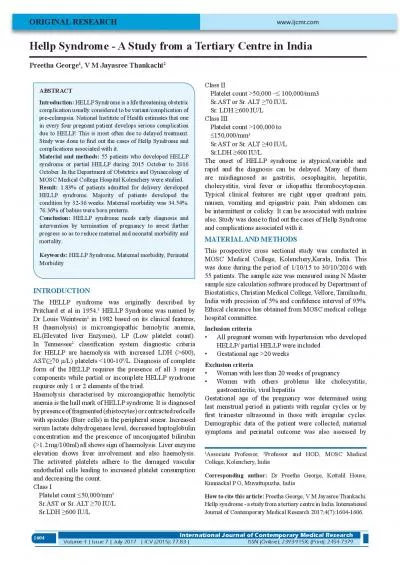PPT-Penaeus monodon mortality syndrome (PMMS)
Author : tatyana-admore | Published Date : 2017-12-23
Early mortality syndrome EMS Acute hepatopancreatic necrosis disease AHPND Dr Matt Landos Director Future Fisheries Veterinary Service Pty Ltd Kelly Condon James
Presentation Embed Code
Download Presentation
Download Presentation The PPT/PDF document "Penaeus monodon mortality syndrome (PMMS..." is the property of its rightful owner. Permission is granted to download and print the materials on this website for personal, non-commercial use only, and to display it on your personal computer provided you do not modify the materials and that you retain all copyright notices contained in the materials. By downloading content from our website, you accept the terms of this agreement.
Penaeus monodon mortality syndrome (PMMS): Transcript
Download Rules Of Document
"Penaeus monodon mortality syndrome (PMMS)"The content belongs to its owner. You may download and print it for personal use, without modification, and keep all copyright notices. By downloading, you agree to these terms.
Related Documents

